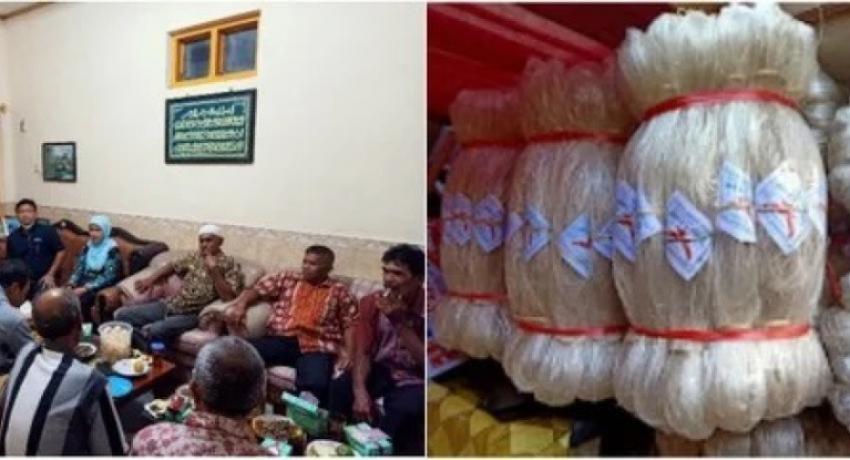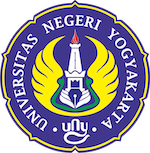Dr. Nani Ratnaningsih STP MP, Dr. Mujiyono ST MT W.Eng and several UNY students are committed to improving the quality of soun products at Adi Mulya Cooperative in Manjung Village, Klaten. Manjung village has been producing soun since the 1950s. In Manjung Village, there are around 70 soun entrepreneurs (including MSMEs) and as much as 30% of the total population of Manjung Village depends on making soun. Every day, they are able to process around 200-300 kg of palm starch into 50-90 kg of dry rice noodles. This product has become one of the local products that requires innovation so that it can reach a wider market.
From the UNY team's study, rice noodles produced from Klaten has a nutritional composition consisting of water content of 14.28%, ash 0.39%, protein 0.26%, fat 0.70%, carbohydrate 81.40%, soluble fiber 5.61%, insoluble fiber 13.63%, total fiber 19.23%, and resistant starch 13.77%, with a shelf life of 3-6 months.
The nutritional composition of this noodle shows that it can be claimed as a high-fiber product because it can meet more than 30% of the recommended nutritional adequacy for food fiber for general consumers. The resistant starch (RS) content in rice noodles of 13.77% can be categorized as a high RS food so that it is good for helping to improve glycemic response and maintain colon health.
The UNY team assisted in the updating of production SOPs, design and manufacturing of the rice noodles printing equipment, packaging and labeling design, and digital marketing design.





